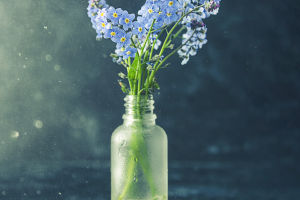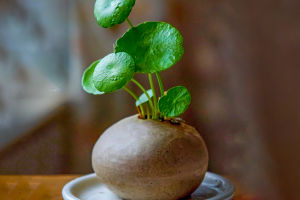Hey there, Lykkers! Today, let's dive into the magical world of iris flowers together. You know, those stunning blooms that seem to have leaped straight out of an artist's palette! From their vibrant purples and blues to delicate whites and yellows, irises truly showcase nature's artistic prowess. They're like little masterpieces in every garden.
Discovering Iris Diversity
Irises come in all sorts of colors and patterns. You've got your Bearded Iris, Siberian Iris, and Japanese Iris, each with their own unique style and how they like to grow. You might be into the bold look of Bearded Irises or the peaceful vibe of Siberian Irises—there's an iris out there that'll fit right into your garden.
Caring for Irises
If you're thinking about adding irises to your garden, here are a few tips to help them thrive:
1. Sunlight: Irises generally prefer full sun, so choose a spot in your garden that receives at least 6-8 hours of sunlight daily.
2. Soil: Well-drained soil is essential for irises. They dislike soggy conditions, so amend heavy clay soils with organic matter to improve drainage.
3. Watering: During their active growing season (usually spring to early summer), irises appreciate regular watering. However, they should be allowed to dry out between waterings to prevent root rot.
4. Dividing: Every few years, irises benefit from dividing to maintain vigorous growth and blooming. After flowering, carefully lift clumps, divide the rhizomes (the thickened underground stems), and replant them in prepared soil.
5. Mulching: Apply a thin layer of mulch around irises to help retain soil moisture and suppress weeds. Avoid mulching directly over the rhizomes to prevent rotting.
Irises in Art and Culture
Throughout history, irises have held symbolic meanings and inspired artists and writers alike. Vincent van Gogh's famous painting "Irises" captures their vibrant colors and delicate forms, while Japanese culture associates irises with courage and protection. Incorporate irises into your garden not just for their beauty but also to enrich your connection with nature and cultural traditions.
Conserving Irises
Wild irises face threats from habitat loss and climate change. You can contribute to their conservation efforts by supporting local botanical gardens, participating in seed exchange programs, and planting native iris species in your garden to provide habitats for pollinators.
Irises aren't just beautiful flowers; they serve as a pathway to exploring the wonders of nature and culture. Regardless of your gardening experience, irises offer endless opportunities to enhance your outdoor space with their charm and elegance. Planting irises allows you to immerse yourself in their rich history, enjoying the unique beauty they bring to your garden and surroundings.
Happy gardening, and may your days be filled with the vibrant colors and serene beauty of irises!


